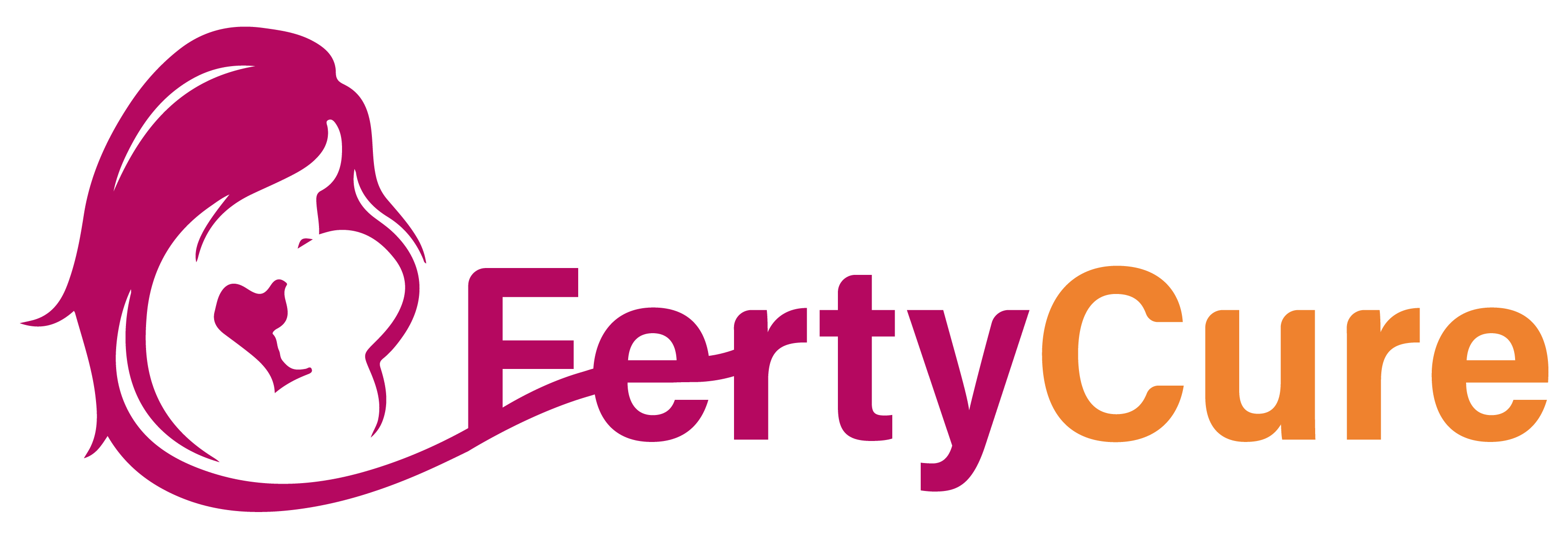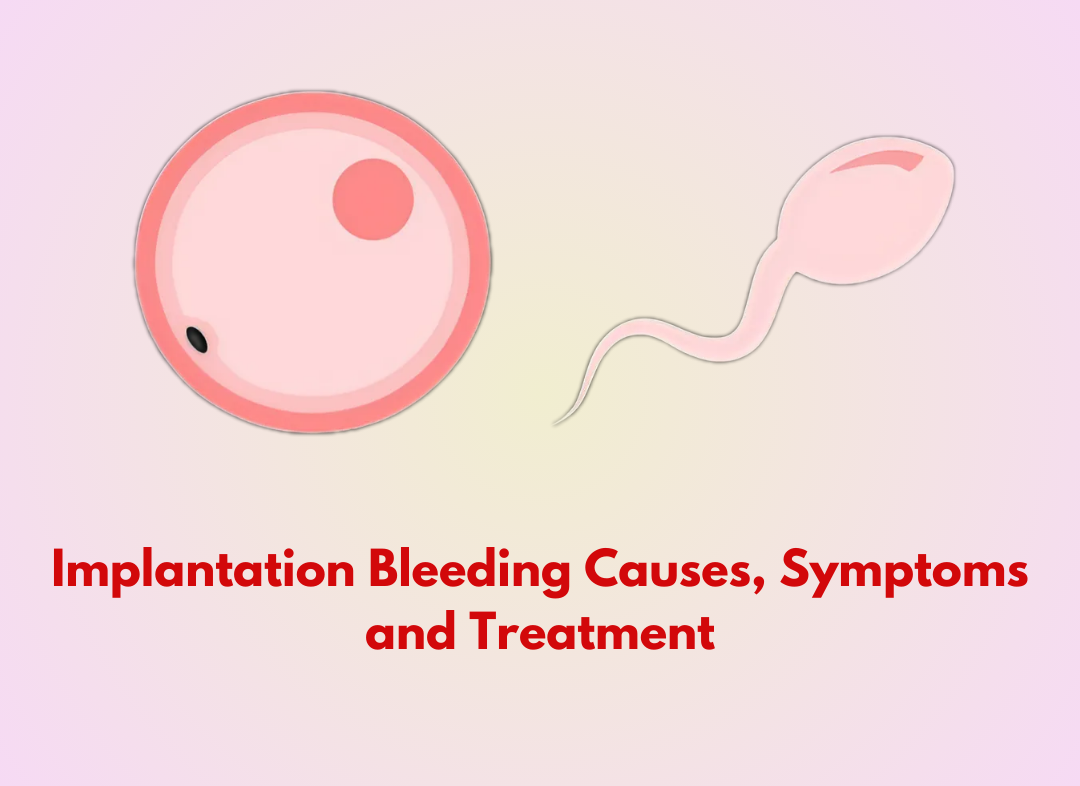Comparison Between Day 3 vs. Day 5 Embryo Transfers
In the realm of in vitro fertilization (IVF), the decision between a Day 3 and Day 5 embryo transfer plays a critical role in determining the success of the procedure. Embryos can be transferred to the uterus either on Day 3 or Day 5 of development after fertilization. This decision hinges on several factors such as embryo quality, patient’s age, and overall fertility health.
Understanding Day 3 Embryo Transfer
A Day 3 embryo transfer refers to the practice of transferring an embryo into the uterus three days after fertilization. By this time, the embryo typically consists of around 6–8 cells, and its continued development depends on both the quality of the embryo and the uterine environment.
Advantages of Day 3 Embryo Transfer:
- Earlier Transfer: For patients with fewer embryos or who may have struggled with fertilization, transferring an embryo earlier (on Day 3) reduces the risk of embryo arrest (failure to progress) during in-vitro culture.
- Less Exposure to Lab Conditions: Day 3 embryos spend less time outside the body, minimizing any potential negative impact that lab conditions might have on embryo development.
Disadvantages of Day 3 Embryo Transfer:
- Less Time for Natural Selection: At Day 3, it’s difficult to distinguish between embryos that have the potential to develop further and those that do not. This means the transferred embryos may not be of the highest quality.
- Lower Implantation Rates: Research has shown that Day 3 embryos generally have a lower chance of implantation compared to embryos cultured until Day 5, due to incomplete embryonic development.
Understanding Day 5 Embryo Transfer
A Day 5 embryo transfer refers to transferring a blastocyst—a more advanced stage of embryo development—into the uterus five days after fertilization. By Day 5, the embryo has developed into a blastocyst, consisting of 70–100 cells. This is a more advanced and mature stage, indicating that the embryo has a better chance of implantation.
Advantages of Day 5 Embryo Transfer:
- Higher Implantation Rates: Blastocyst transfer (Day 5) has a significantly higher rate of implantation due to better embryo selection. Only the most robust embryos make it to this stage, which is closer to the natural timing of implantation.
- Better Synchronization with the Uterine Environment: Day 5 transfers align more closely with the natural implantation window of the uterine lining, increasing the chances of a successful pregnancy.
- Single Embryo Transfer Option: With a higher implantation success rate, Day 5 transfers allow for the possibility of transferring a single embryo, reducing the risk of multiple pregnancies.
Disadvantages of Day 5 Embryo Transfer:
- Embryo Arrest Risk: There is a possibility that some embryos may not survive to Day 5 in the lab. For patients with a limited number of embryos, waiting for Day 5 could result in having no viable embryos for transfer.
- Longer Waiting Period: Extending the culture period to Day 5 means waiting longer to transfer the embryo, which can add to the emotional stress of an already challenging process.
Day 3 vs. Day 5: Which is Better?
Table of Contents
l Embryo Quality and Selection:
The primary difference between Day 3 and Day 5 embryo transfers lies in the stage of development and the ability to assess embryo quality. On Day 3, the embryos have just divided into 6–8 cells, and it’s hard to determine their true viability. By Day 5, the embryos that have reached the blastocyst stage are generally stronger, as they have undergone natural selection. This makes Day 5 transfers more favorable in cases where many embryos are available, as only the best ones survive to Day 5.
l Patient-Specific Factors:
For younger women or those with a good number of high-quality embryos, Day 5 transfers are often recommended. For women over 35, or those with fewer embryos or poor-quality eggs, a Day 3 transfer might be advised to avoid the risk of having no embryos to transfer.
l Pregnancy Rates:
Studies have shown that the pregnancy rates with Day 5 embryo transfers are higher compared to Day 3 transfers. A review published in Fertility and Sterility found that blastocyst transfers resulted in better implantation rates and clinical pregnancy outcomes than cleavage-stage transfers (Day 3).
l Multiple Pregnancies:
With Day 3 transfers, doctors may recommend transferring more than one embryo to increase the chances of success. It can also raise the risk of multiple pregnancies. Day 5 transfers, with their higher success rates, make it possible to transfer just one embryo, minimizing the risk of twins or triplets.
l Embryo Genetic Testing:
Preimplantation genetic testing (PGT), which assesses embryos for genetic abnormalities, is usually conducted on Day 5 embryos. This helps in selecting the healthiest embryo and further increases the chance of a successful pregnancy.
Research Supporting Day 3 and Day 5 Embryo Transfers
Several studies have explored the success rates of Day 3 vs. Day 5 transfers. A meta-analysis published in Human Reproduction Update found that blastocyst transfers were associated with higher live birth rates compared to Day 3 embryo transfers. However, for patients with fewer embryos, a Day 3 transfer may still be beneficial as it avoids the risk of no embryos surviving to Day 5.
In a study conducted by the Journal of Assisted Reproduction and Genetics, it was noted that Day 5 blastocyst transfers not only increased the likelihood of pregnancy but also improved birth outcomes. However, the study emphasized that patient-specific factors such as age, ovarian reserve, and embryo count should be considered when choosing between the two options.
Conclusion
Both Day 3 and Day 5 embryo transfers offer unique advantages and potential drawbacks. The decision primarily hinges on personal factors like the number and quality of embryos, the woman’s age, and other relevant health considerations. Consulting with a fertility specialist is crucial for making an informed choice that maximizes the chances of a successful pregnancy. While research shows that Day 5 transfers generally lead to better outcomes, Day 3 transfers can still be beneficial for patients with limited embryos. Ultimately, each case should be evaluated individually to determine the best path forward in the IVF process.
FAQs
1. How do Day 3 and Day 5 embryo transfers affect implantation rates?
Day 5 embryo transfers generally have higher implantation rates than Day 3 transfers due to the advanced development of the embryo, making it easier for doctors to select the healthiest and most viable embryos.
2. What factors determine whether to choose a Day 3 or Day 5 embryo transfer?
The decision depends on several factors, including the number of embryos available, embryo quality, the patient’s age, and overall reproductive health. For women with fewer embryos, a Day 3 transfer might be recommended to reduce the risk of having no viable embryos left to transfer by Day 5.
3. Is one option better for preventing multiple pregnancies?
Yes, Day 5 transfers are better for reducing the risk of multiple pregnancies. With Day 5 blastocysts having higher implantation rates, doctors can often transfer a single embryo, minimizing the risk of twins or triplets.

